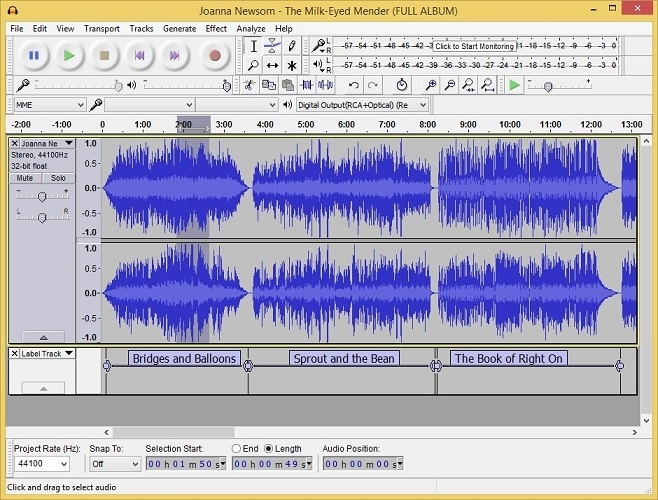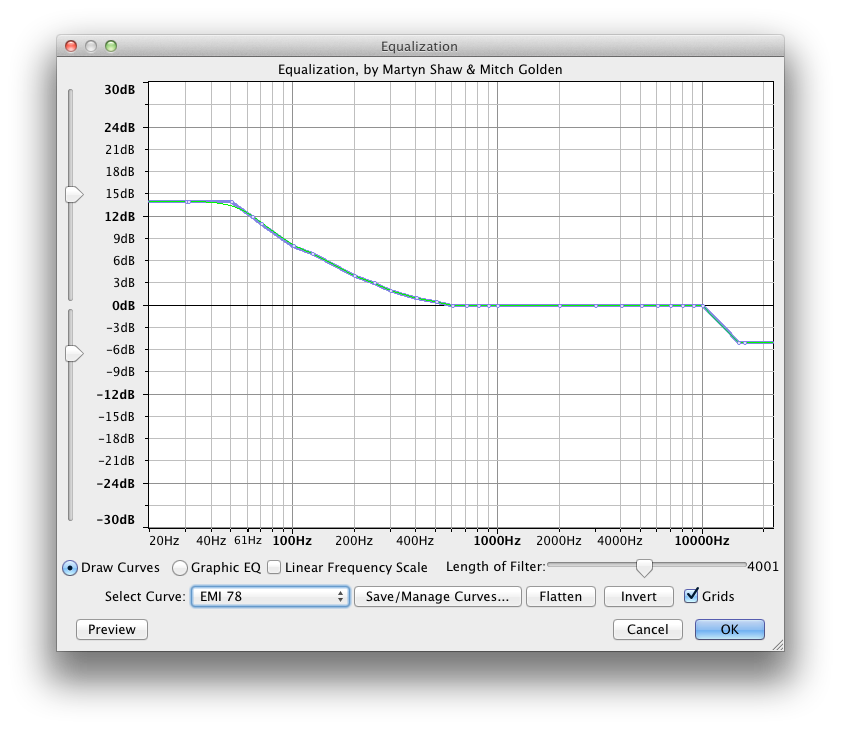

For students, teachers, and researchers who are working on a small budget for their presentations, this would prove a practical solution. Possibly the top reason why one would want to use Audacity for editing audio is that it is a free software. There are several reasons that make Audacity a good option for audio editing. Cut, splice, copy, and combine sounds together.Edit various audio file formats (WAV, FLAC, MP3, Ogg Vorbis, WMA, and AC3, among many others.Convert analog (audio tapes) into digital recordings (CDs, MP3s).Record computer playback on Windows Vista or later OS.Audacity’s interface comes in many languages, so it is utilized by users worldwide.Īn easy-to-use software, Audacity gives users a solid introduction to audio editing.

Moreover, because it is open-source, many users find it to be more flexible and scalable than its competitors. One of the reasons why many favors this software over others is because it is compatible for use on practically all operating systems (OS), including Windows, macOS, and Linux. On FossHub, it had 96,587,600 downloads as of 2020. Released on May 28, 2000, this platform has since become one of the most downloaded free audio editors on the market. Fortunately, there are tools such as Audacity that can help improve audio post-production.Īudacity is a free, open-source multi-track audio editor and recorder developed by Dominic Mazzoni and Roger Dannenberg. Not everyone has access to professional audio equipment.


This article aims to shed light on the importance of audio quality in terms of ensuring that audiences perceive audio or audio-visual material as reliable and convincing. This is because audio quality can usually make or break the success of a material, no matter how substantial the presented content may be. Besides presenting vital information and content, these media forms need good audio. Researchers, educators, and students widely use audio-visual materials for making presentations and lectures.


 0 kommentar(er)
0 kommentar(er)
